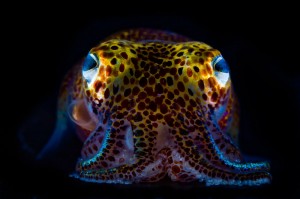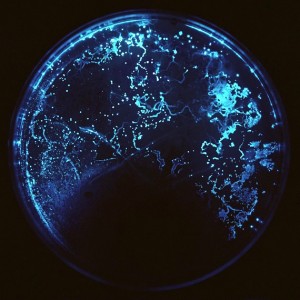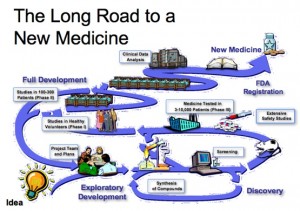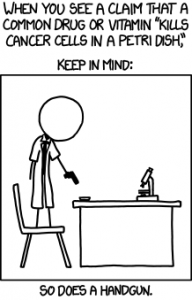
A photo of a Bobtail squid, Euprymna scolopes, performing bioluminescence. It’s underside is brightly lit by its symbiotic bacteria V.fischeri. Photo by Mattias Ornestad on kahikai.org
Euprymna scolopes, commonly known as the Bobtail squids, are found around the Hawaiian Islands. Additionally, they’re about 4.5cm and has one other amazing fact: they have an indirect ability to perform bioluminescence, which is the production or emission of light by living organisms. To be exact, the Bobtail squids don’t produce this phenomenon, it is the bacteria residing in these squids that produce this light. Together they can perform the largest symphony of dancing blue stars in the ocean.
The bacteria, Vibrio fischeri, is a symbiont that lives in the mantle of the Bobtail squids. The squids acquire this bacteria after they are hatched. These symbionts live in the deepest tract of the mantle and they produce the light source depending on the seawater environment, sensed through the squids’ pores. Furthermore, the Bobtail squids expel around 90-95% of these bacteria every dawn. At dusk, the bacteria increase in population and emit light again from the mantle. Since Euprymna scolopes is a nocturnal species, it hunts for prey at night time. With the bacteria, the squids are able to perform counterillumination. This effect allows them to camouflage themselves by looking like the sky above or deep abyss to divert their predators’ attention.
Here’s a video from the United Kingdom Society for Applied Microbiology uploaded by Siouxsie Wiles on YouTube. It explains how the Bobtail squids and the bacteria interact.

But here is the most astonishing hypothesis about the symbiotic relationship: the squids themselves can adjust the intensity of the light produced by their dependents.
Research tested this hypothesis and found two possible theories. Firstly, the squids may be controlling their oxygen intake to restrict the bacteria’s production of energy, thus resulting in dimmer or brighter illumination. Secondly, the squids control light emission by using their ink sac as an iris to restrict light. Both processes cannot kill the bacteria but only limit its emission. Unfortunately, biologists couldn’t explain the mechanism behind light intensity control since they could not visually see inside the mantle.

A photo of the bacteria, Vibrio fischeri, which provides the Bobtail squid bioluminescence, in a petri dish. Photo from toxita.cz.
Biologists are trying to find out how these bacteria communicate with its host. There still remain many unanswered questions. For example, how do the squids know how much V. fischeri to expel? What happens if we remove these symbiotic bacteria from their hosts? How do the squids know when to stop before killing the bacteria?
With further research, they hope to understand how bacterial cells communicate with human cells using Bobtail squids as their model. Scientists wish to find ways to distinguish harmful bacteria versus those that help regulate our body. By understanding how V.fischeri functions inside the squids, we could produce antibiotics that only pinpoint the harmful bacteria in our body and find ways to disrupt these bacteria from causing us sicknesses.
– Alison Fung




